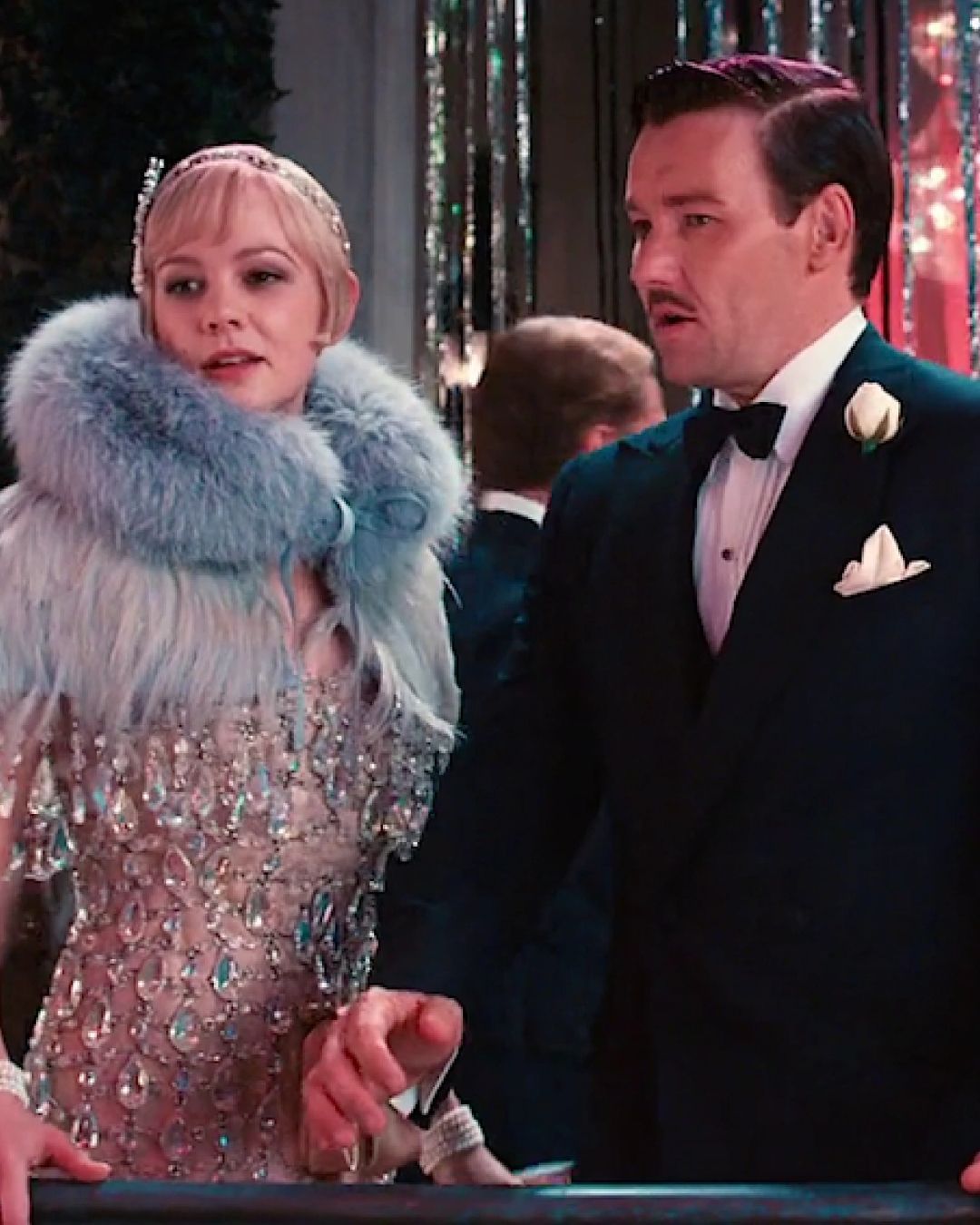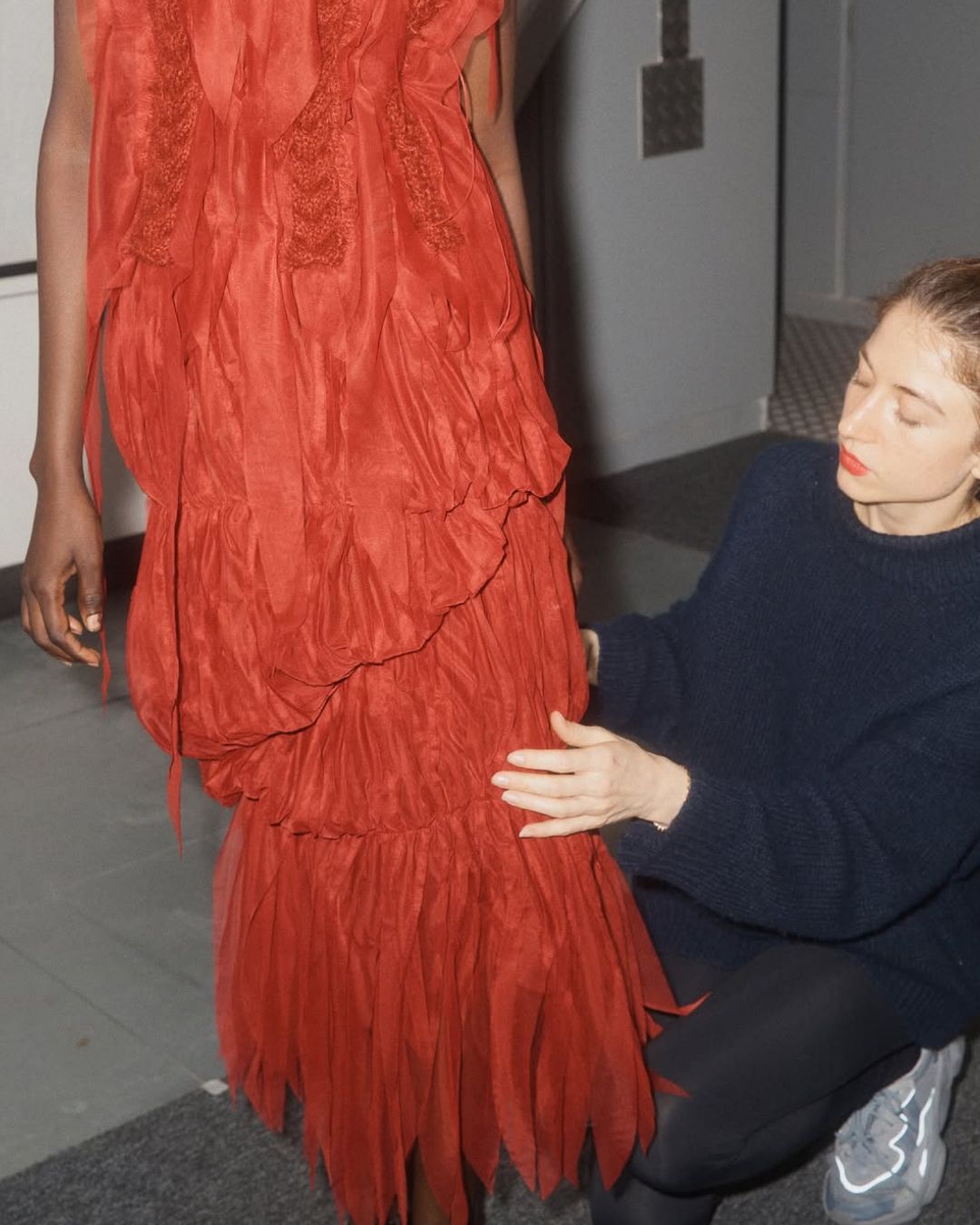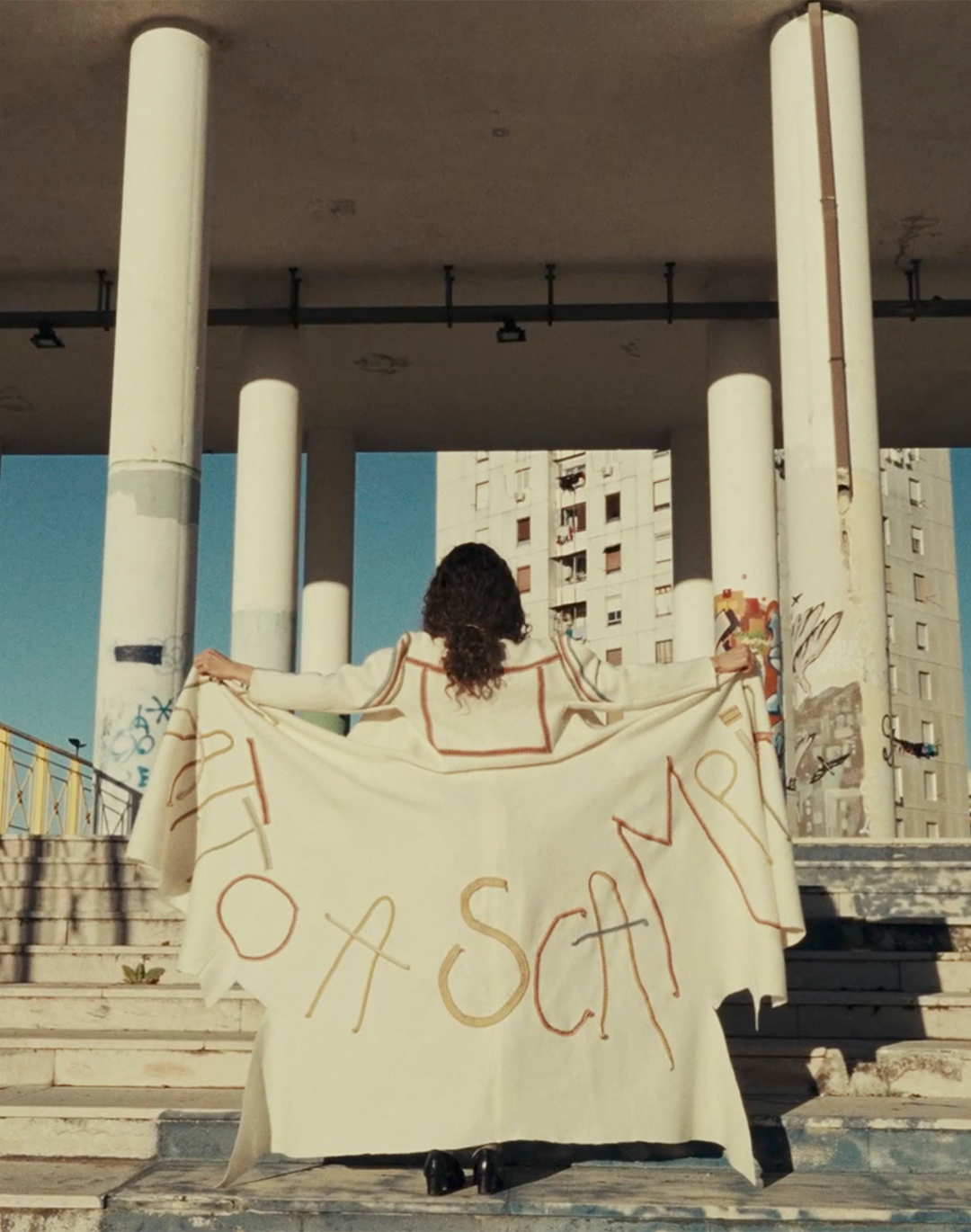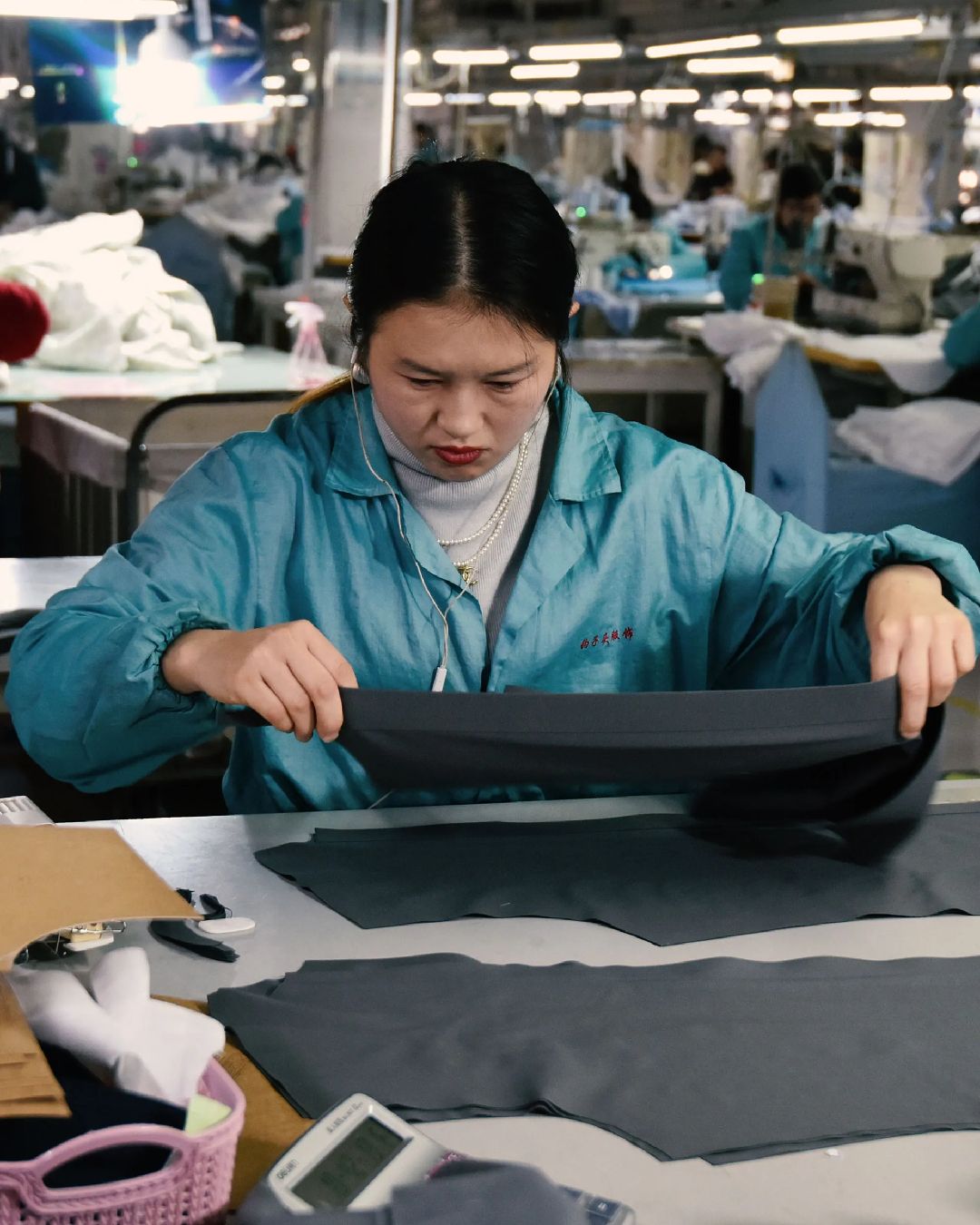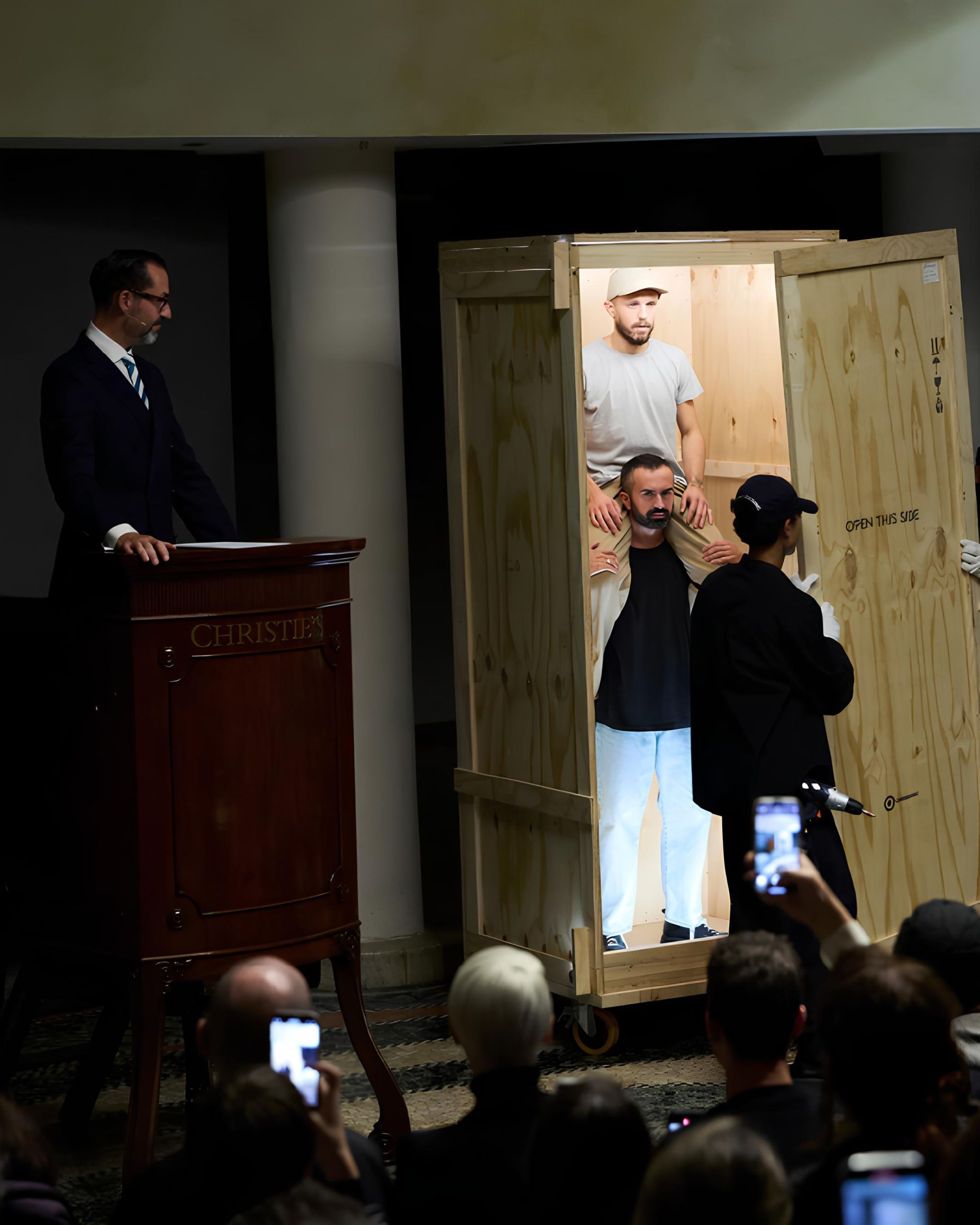
Italian fashion seeks help but government seems absent Fashion industry confederation and trade unions have started to complain
Yesterday in Milan, as reported by MF Fashion, Confindustria Moda and the main trade unions signed the new national collective labor agreement for the textile and clothing sector, creating an agreement that represents a strategic pact for the future of one of the key industries of Italian manufacturing. The agreement comes at a time of major economic difficulty, with the sector’s total turnover falling from 100 to 90 billion euros in just twelve months. The textile-fashion industry alone generates around 60 billion thanks to a production network made up of 40,000 companies and 400,000 workers. The crisis has hit companies hard, particularly subcontractors, and the use of social safety nets is constantly increasing. In this scenario, the signing of the contract is intended as the sector's collective response to an economic and industrial emergency. According to Confindustria Moda, a joint Strategic Industrial Policy Plan is also being defined, which will be presented to the Government to address the supply chain's problems and collectively tackle many issues such as credit, training, innovation, internationalization and fair competition.
@ornellaauzino Risposta a @Gianni Nuti Perché nessuno parla delle fabbriche di borse che stanno chiudendo? #madeinitaly #ornellaauzino #borse #crisi suono originale - Ornella Auzino | Borse
The contract, which will involve an additional overall cost of approximately one billion euros per year for companies, includes a gross monthly salary increase of 200 euros, the extension of continuous training to all employees, regulatory equality between professional qualifications, and significant improvements to reconcile work and private life. New welfare tools are also planned and, above all, the establishment of EBM, the bilateral fashion body, which will become the operational heart of future sector strategies and will serve to maintain ongoing dialogue between the parties, avoiding that discussions are limited to contract renewal moments. During the day, union representatives sent a strong message to the government, underlining the absence of the executive at the table and calling for concrete support for the country’s second-largest manufacturing sector. Expectations are particularly directed at the Ministry of Enterprises and Made in Italy, which is called upon to support the industry's new direction with consistent industrial policies and adequate tools. The demands are clear: economic support measures, tax credits, innovation incentives, training and legality programs, and initiatives to bring back delocalized production to Italy.
Che il settore della #moda sia in crisi lo dicono i numeri.
— Fabrizio Benzoni (@fabriziobenzoni) May 7, 2025
Ieri abbiamo discusso le mozioni per suo rilancio, ma purtroppo queste non danno nessuna certezza alle aziende. Serve un Tavolo Tecnico e serve una politica industriale per un pezzo trainante del nostro Made in Italy. pic.twitter.com/JfAavXiLmF
The outgoing president of Confindustria Moda, Sergio Tamborini, emphasized that the economic sacrifice of companies is also an investment in the future of employment and the sector itself. His designated successor, Luca Sburlati, made his first public speech, presenting the contract as the beginning of a ten-year recovery plan for the entire supply chain. “Fashion shows are nice, but we also have to realize that 600,000 people work in a sector that is the country’s second-largest manufacturing system, accounts for 60% of exports, and 30 billion in trade surplus: we haven’t managed to communicate this properly, but they haven’t understood it either,” said Tamborini during a speech at the Il Sole 24 Ore Luxury Summit, as reported by ANSA. “We didn’t sign a contract from opposite sides of the table. For the first time, the employers and union sides were on the same side, because one key actor is missing: politics,” he concluded.


